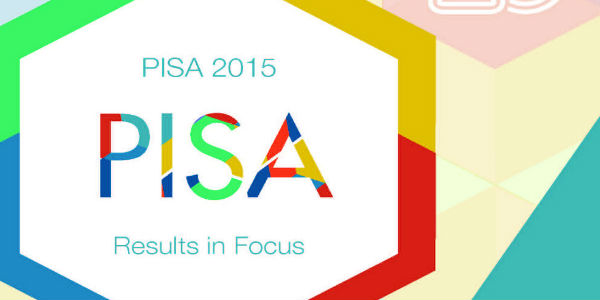Answers soon on PISA 2015 results fiasco

Afterschool Team
December 19, 2016
In the ongoing saga that is the 2015 Programme for International Student Assessment (PISA) scores, The Star reported a few days ago that all will be explained following the uproar over the claims made earlier this month, as well as the inadequate sampling methods.
The furore began earlier this month when it was reported that Malaysian students had improved in Mathematics, Reading and Science in a higher PISA 2015 score compared with Malaysia’s score in 2012. No sooner had the results been released, the Education Ministry was shrouded by controversy as it was subsequently reported that the PISA 2015 document showed that Malaysia was not actually included in the actual results.
It was reported that Malaysia followed all protocols and procedures implemented on all technical standards for PISA 2015, except that there was an insufficient number of schools that responded and the data was disqualified, according to Deputy Education Minister Datuk Chong Sin Woon, who spoke about the issue yesterday at the 2016 JCI Malaysia National Partnership Summit. Additionally, the ministry defended the claims and stated that the results on the national level are true.
Questions then began to arise , stemming from the conflicting accounts of events. The focus shifted to the higher order thinking skills (HOTS) issue, which was highlighted as the reason behind a rise in aforementioned scores. However this was then questioned as well, due to the implementation of HOTS still being in it’s infancy, barely past the experimental stage.
The report from the Ministry of Education should clear things up for all parties involved. While it is easy to find a party to shoulder the blame, it is worth noting that other countries including Argentina and Kazakhstan, had their results dropped for the same reasons cited by Malaysia.




